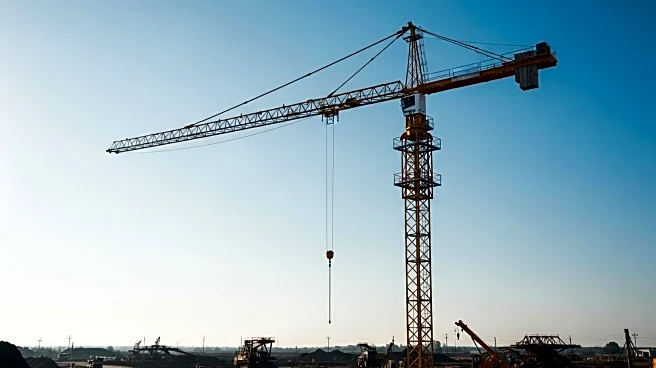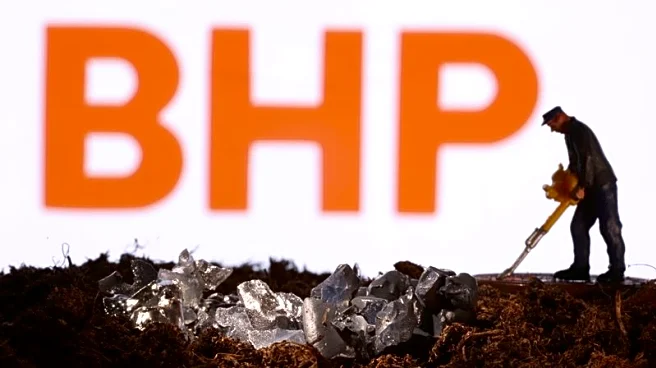What's Happening?
The self-compacting concrete industry in the United States is experiencing growth due to increased demand in the construction sector. A report by DataM Intelligence highlights key growth factors, including regional performance, market segmentation, and revenue analysis of leading players such as Heidelberg Cement, BASF, and CEMEX Group. The industry is projected to expand significantly between 2025 and 2032, driven by innovative strategies and rising residential building spending. The report provides insights into market size, emerging opportunities, and development status, helping businesses identify growth potential and make informed strategic decisions.
Why It's Important?
The growth of the self-compacting concrete industry reflects broader trends in the construction sector, where demand for efficient and sustainable building materials is increasing. Self-compacting concrete offers advantages such as reduced labor costs and improved structural integrity, making it a preferred choice for various applications. As the industry expands, it presents opportunities for businesses to invest and innovate, contributing to economic growth and infrastructure development. The focus on sustainable construction materials aligns with efforts to reduce environmental impact and enhance building efficiency.
What's Next?
The industry is expected to continue its growth trajectory, with leading companies adopting innovative strategies to capitalize on emerging opportunities. Stakeholders, including construction firms and material suppliers, will likely focus on expanding their market presence and enhancing product offerings. The demand for self-compacting concrete may drive further research and development, leading to advancements in material technology and application methods. As the construction sector evolves, the role of self-compacting concrete in sustainable building practices will become increasingly significant.












